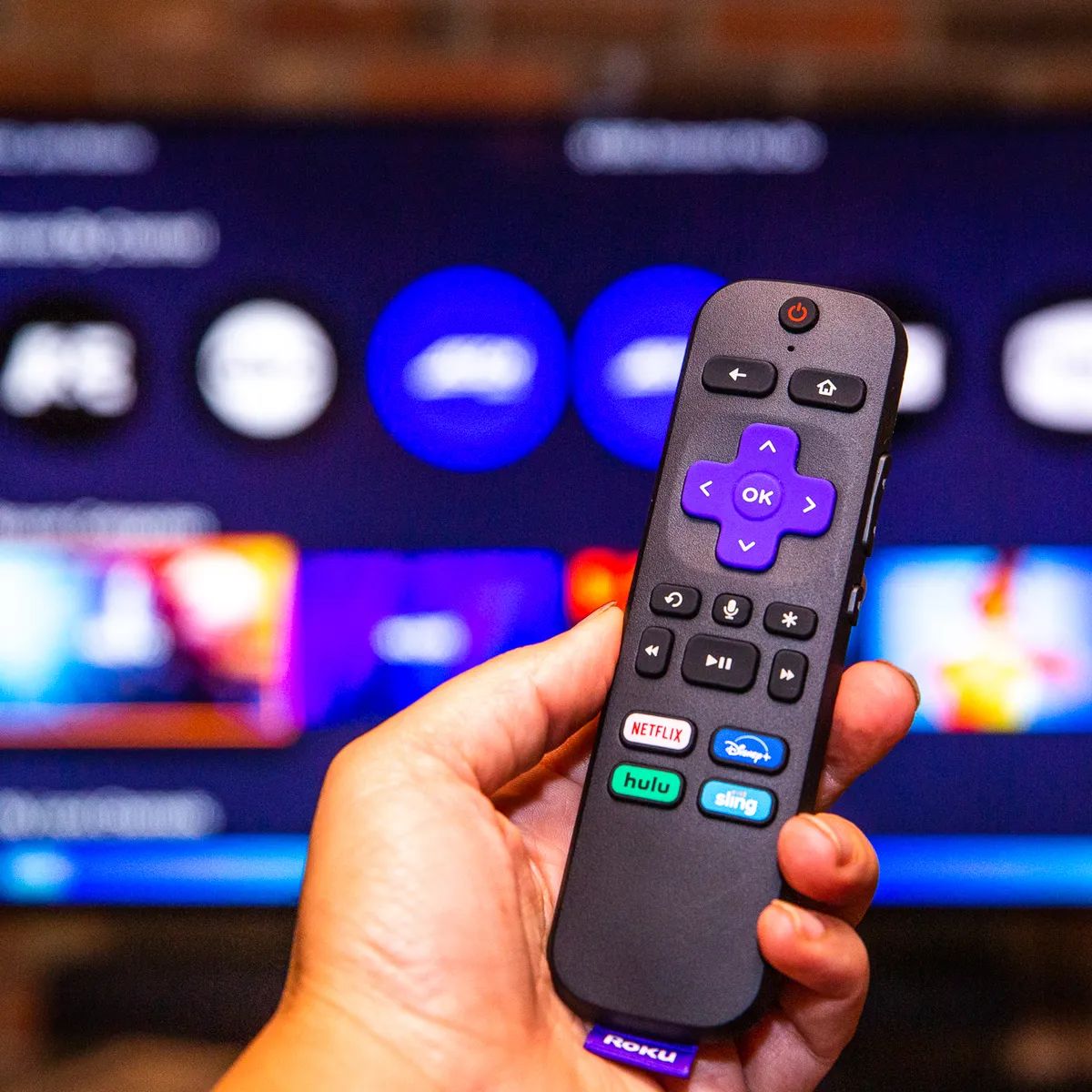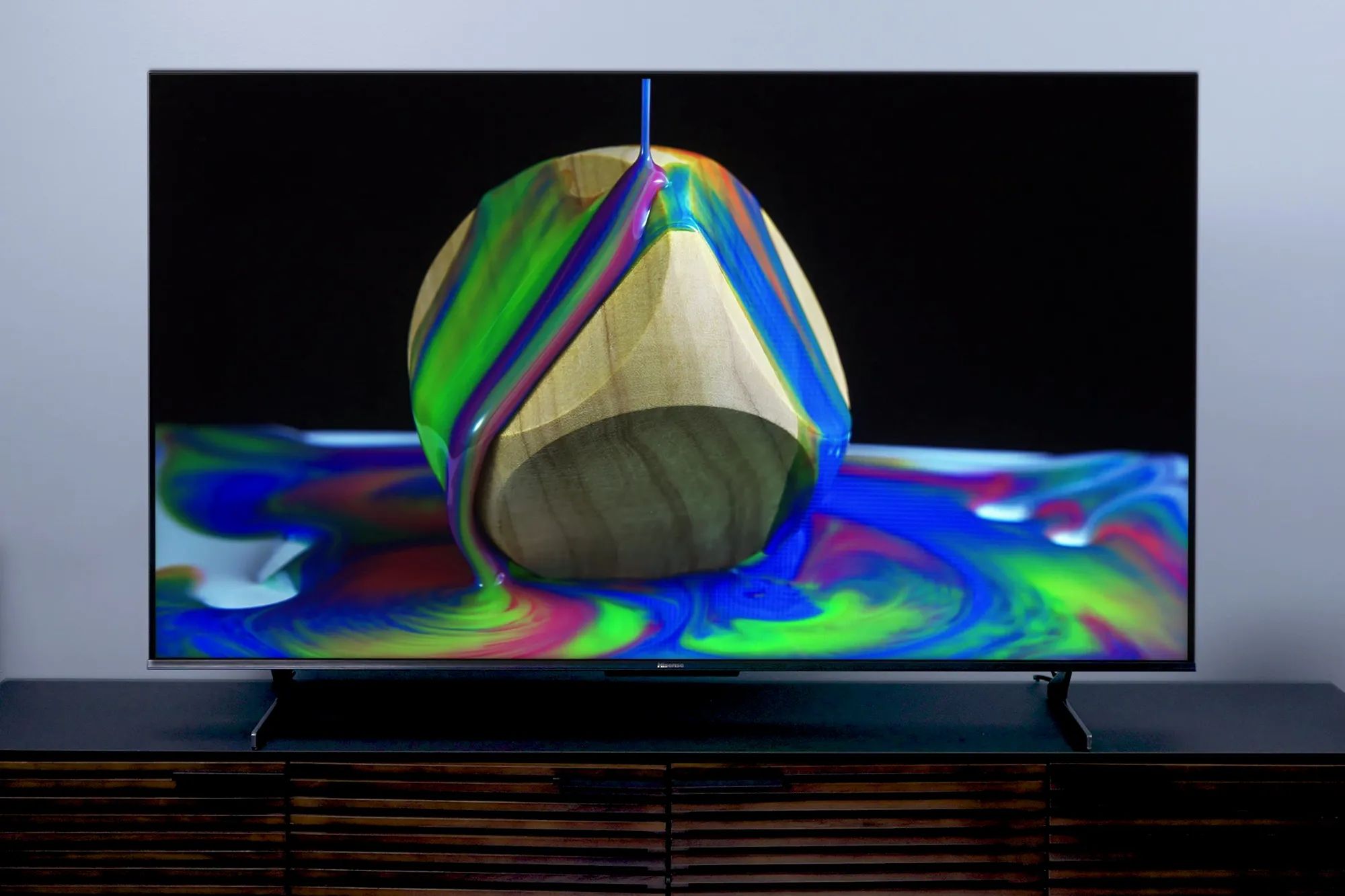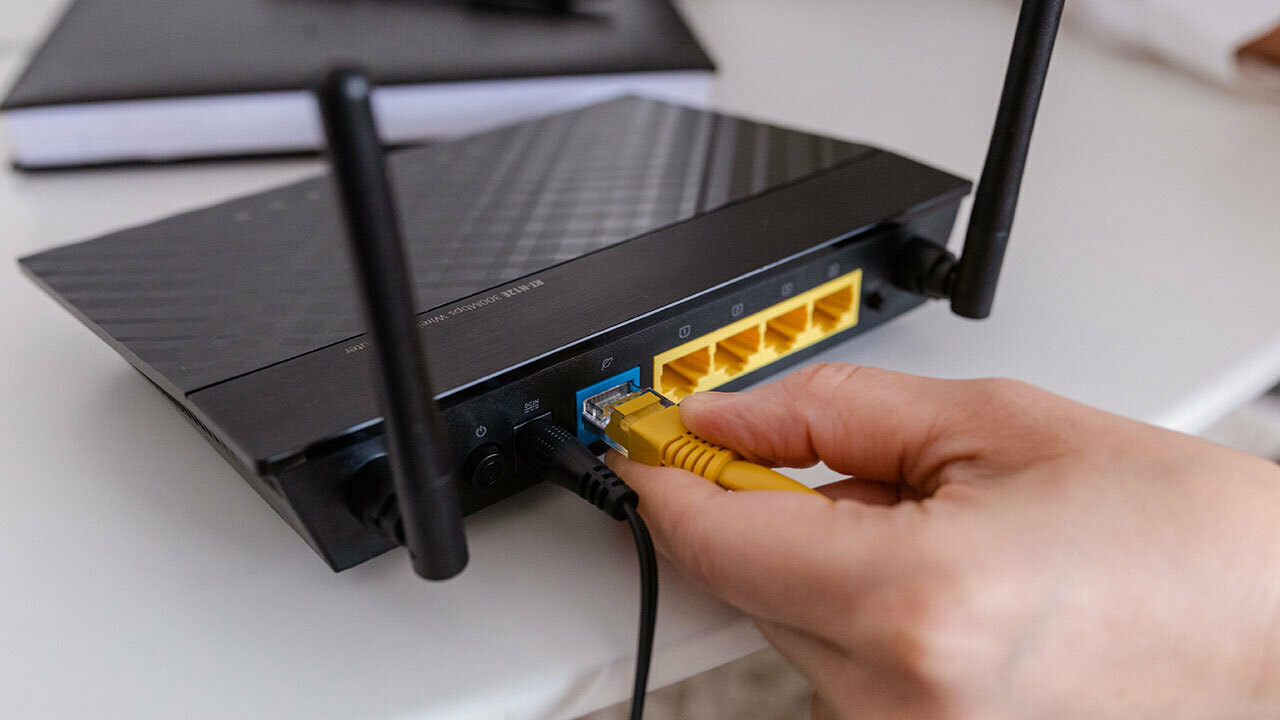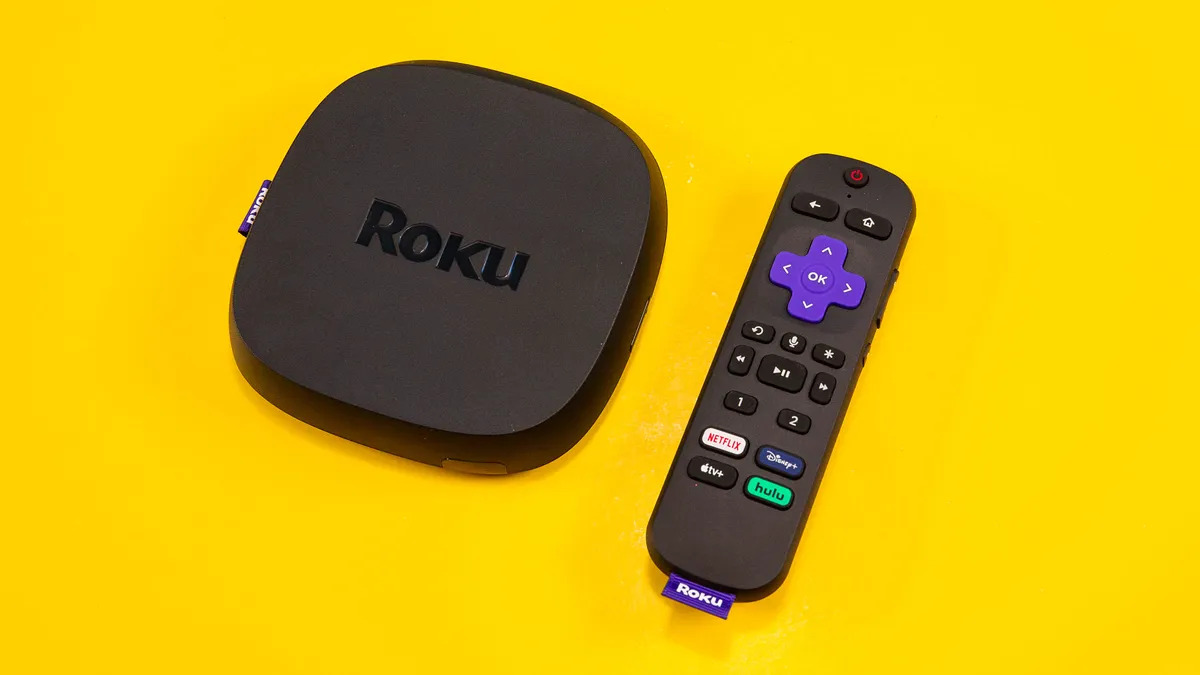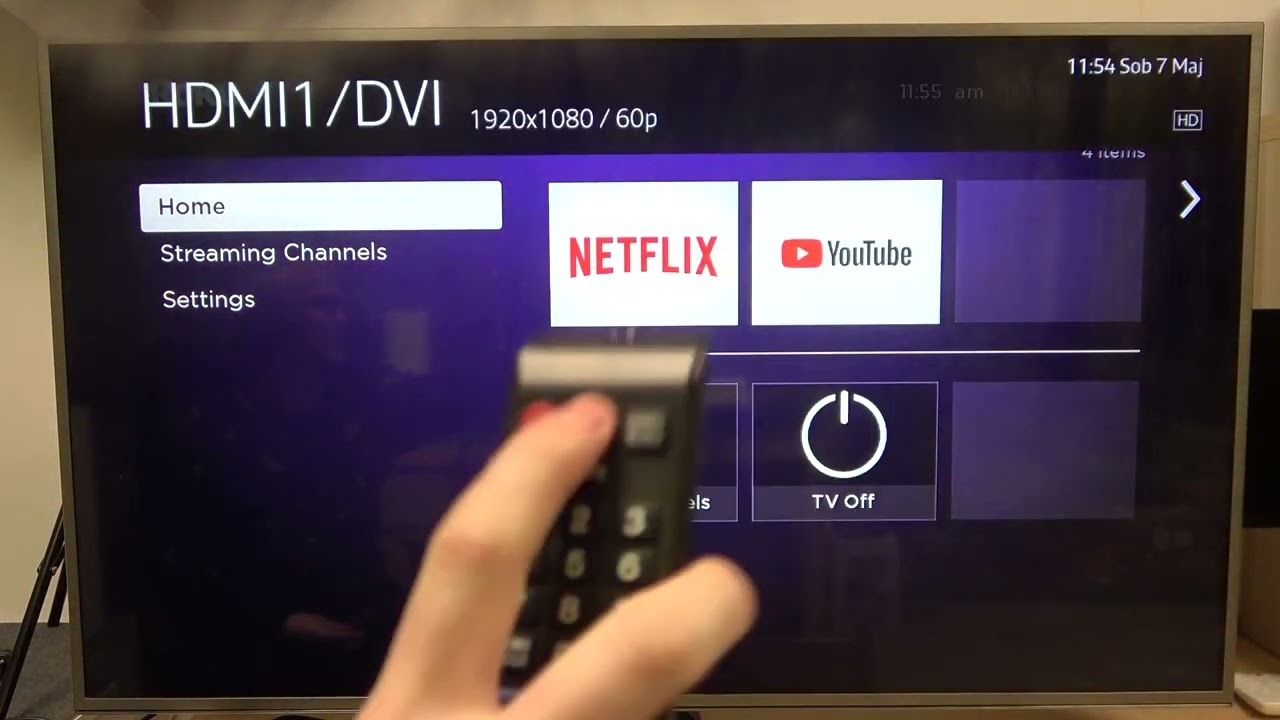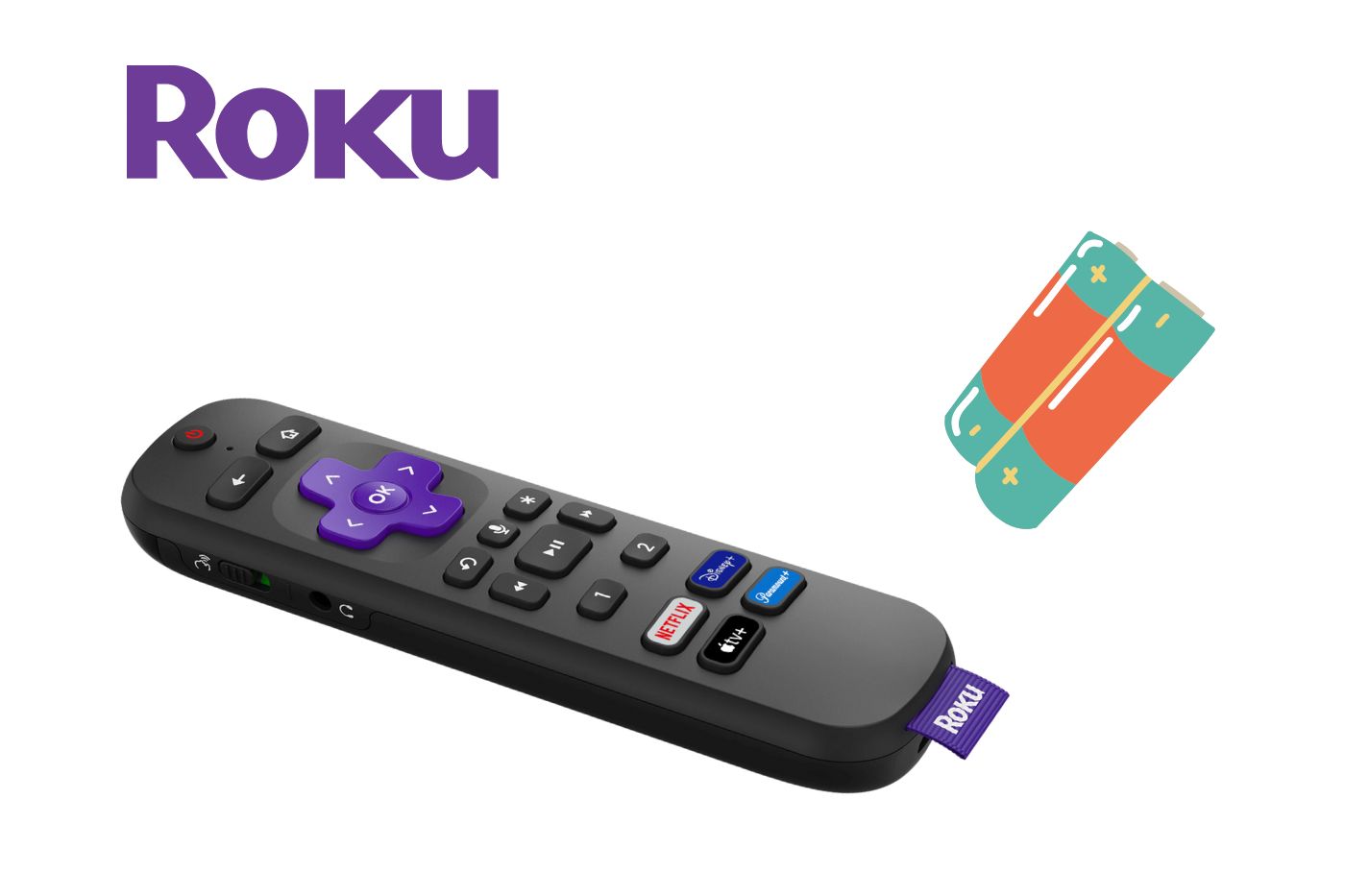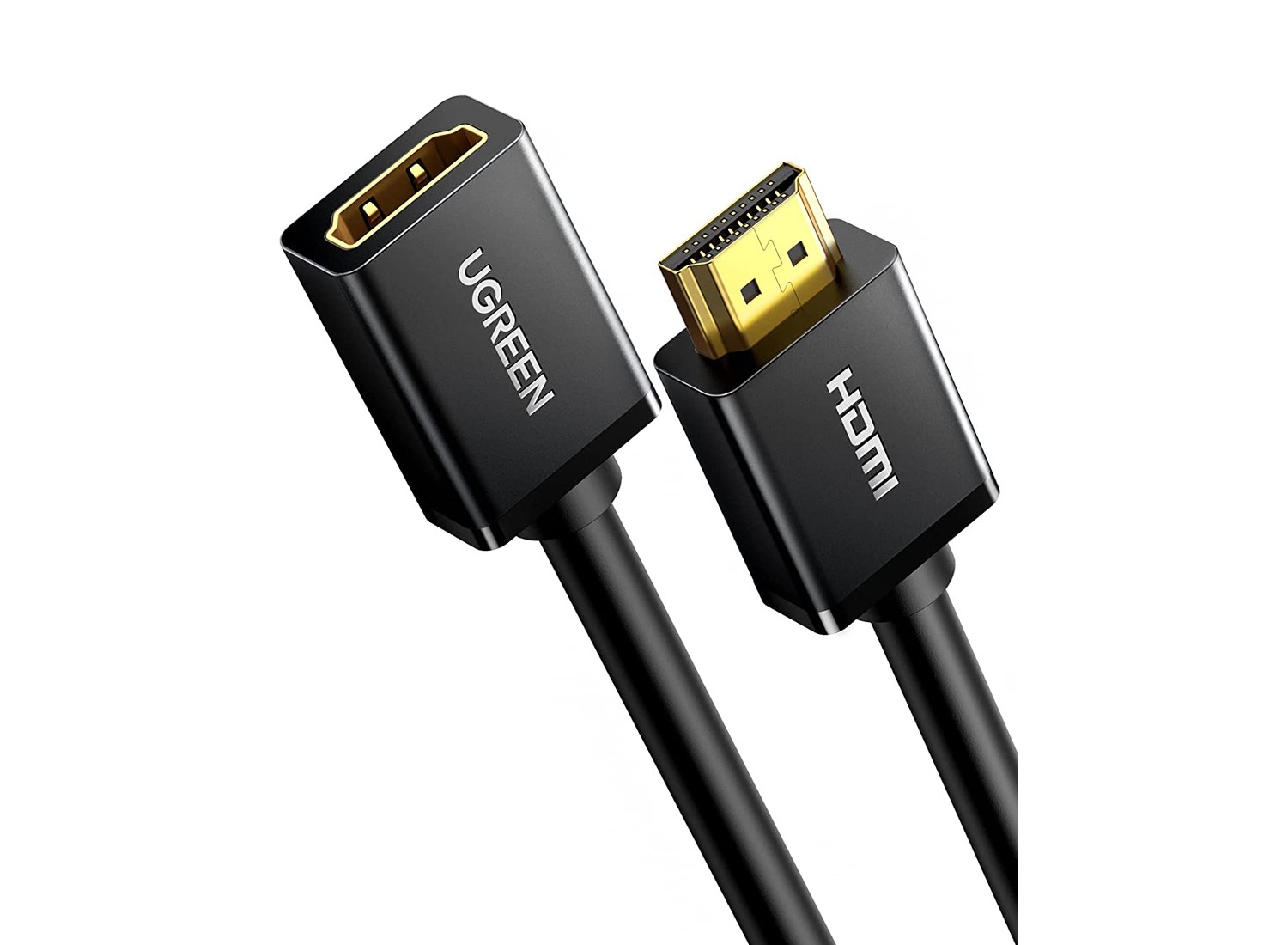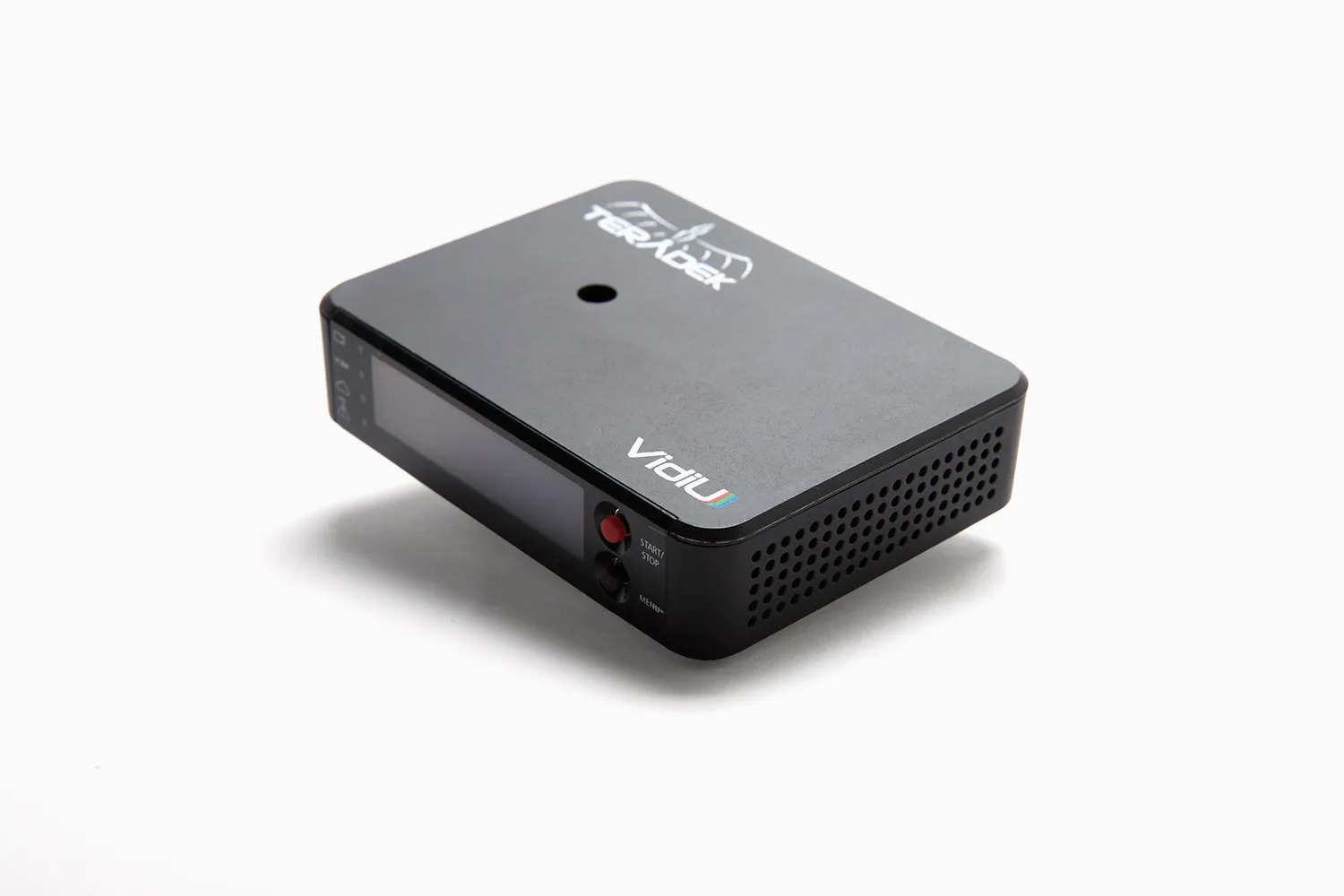Introduction
The Roku streaming devices have become immensely popular in recent years, offering a convenient way to access a wide range of streaming channels and services. Whether you use Roku for watching movies, TV shows, sports, or even playing games, you may be wondering how long these devices typically last.
While there is no fixed lifespan for a Roku device, several factors can influence how long it will continue to function optimally. Understanding these factors can help you make informed decisions about your Roku device and maximize its lifespan.
In this article, we will explore the factors that affect the lifespan of Roku, provide an estimation of their expected lifetime, offer tips to extend their lifespan, and help you identify signs that indicate it may be time for a replacement.
So, whether you are a long-time Roku user or considering purchasing a new streaming device, read on to learn more about how long a Roku typically lasts and how you can get the most out of your Roku experience.
Factors Affecting the Lifespan of Roku
The lifespan of a Roku device can be influenced by several factors. Understanding these factors can help you gauge how long your device is likely to last and take appropriate measures to ensure its longevity. Here are the key factors that can impact the lifespan of a Roku:
- Usage intensity: The frequency and duration of usage play a significant role in the longevity of your Roku device. Continuous and heavy usage, such as streaming for multiple hours every day, can put more strain on the device’s hardware and potentially reduce its lifespan. Limiting excessive usage can help prolong the device’s life.
- Environment: The environment in which your Roku device is situated can affect its durability. Exposing the device to extreme temperatures, excessive dust, or high humidity levels can impact its internal components. It is advisable to keep your Roku in a well-ventilated area and away from direct sunlight to prevent overheating.
- Power surges: Power surges can occur due to lightning strikes or fluctuations in the electrical grid. Such surges can damage electronic devices, including Roku. Using surge protectors or power conditioners can help safeguard your Roku device from voltage spikes and extend its lifespan.
- Software updates: Roku regularly releases software updates to improve functionality, security, and performance. Keeping your Roku device updated with the latest software ensures that it remains compatible with new streaming services and features. Failure to update the software may lead to compatibility issues and potentially shorten the device’s lifespan.
- Internet connection: The quality and stability of your internet connection can impact the performance and lifespan of your Roku device. A poor or unreliable internet connection can cause frequent buffering, freezing, and other issues that may strain the device’s hardware. Ensuring a stable and high-speed internet connection can help optimize the usage experience and prolong the lifespan of your Roku.
Expected Lifetime of a Roku Device
The expected lifetime of a Roku device can vary depending on multiple factors. While Roku devices are known for their durability and longevity, it is important to note that individual experiences may differ. On average, a well-maintained Roku device can last between 5 to 7 years.
The lifespan of a Roku device is influenced by a combination of hardware components, firmware updates, and user usage patterns. Newer Roku models tend to have more advanced hardware, which can offer improved performance and potentially prolong their lifespan compared to older models.
Regular software updates provided by Roku are designed to enhance the device’s functionality, security, and compatibility with streaming services. By keeping your Roku device up to date, you can ensure that it remains optimized and experiences a longer lifespan.
However, it is worth noting that as technology advances and new features are introduced, older Roku models may become less capable of supporting the latest streaming services or features. This can eventually lead to a situation where a device may no longer meet your streaming needs, prompting an upgrade to a newer model.
To get the most out of your Roku device and extend its lifespan, consider following these tips:
- Keep your Roku device in a well-ventilated area to prevent overheating.
- Ensure a stable and high-speed internet connection for optimal streaming performance.
- Use a surge protector or power conditioner to protect the device from power surges.
- Keep the device’s software up to date to benefit from the latest enhancements and features.
By taking these precautions and regularly maintaining your Roku device, you can maximize its lifespan and continue to enjoy seamless streaming for years to come.
Tips to Extend the Lifespan of Your Roku
To ensure that your Roku device continues to function optimally and lasts as long as possible, here are some tips to help extend its lifespan:
- Keep it cool: Excessive heat can cause damage to electronic devices, including your Roku. Make sure to place your Roku in a well-ventilated area and avoid covering or obstructing its vents. This will allow for proper airflow and help prevent overheating.
- Maintain a clean environment: Dust and debris can accumulate over time and affect the performance of your Roku. Regularly clean your device and the area where it is placed to prevent dust from clogging the vents. Use a soft, dry cloth or compressed air to gently remove any buildup.
- Use a stable internet connection: A stable and reliable internet connection is vital for smooth streaming on your Roku device. Unstable or slow internet can strain the device and potentially lead to performance issues. If you experience frequent buffering or poor streaming quality, consider upgrading your internet connection or optimizing your Wi-Fi setup.
- Power protection: Power surges and electrical fluctuations can damage electronic devices, including your Roku. Protect your device by using a surge protector or a power conditioner. These devices help regulate and stabilize the power supply, safeguarding your Roku against voltage spikes.
- Keep your Roku updated: Regular firmware updates are released by Roku to enhance performance, fix bugs, and introduce new features. Make sure to keep your device’s software up to date by enabling automatic updates or manually checking for updates in the settings menu. This will ensure that you have the latest improvements and compatibility with streaming services.
- Avoid excessive streaming: While Roku devices are designed for streaming, excessive and continuous usage can put strain on the hardware. Take breaks between streaming sessions and avoid leaving your Roku device on for extended periods when not in use. This can help prevent overheating and extend its lifespan.
By following these tips, you can help maximize the lifespan of your Roku device and continue to enjoy seamless streaming for years to come.
Signs Your Roku May Need Replacement
While a Roku device can last for several years with proper care, there may come a time when it starts showing signs of wear and tear or becomes outdated. Here are some signs that indicate your Roku may need to be replaced:
- Constant freezing or buffering: If your Roku device frequently freezes, buffers, or experiences prolonged loading times even with a stable internet connection, it could be a sign of hardware deterioration. While occasional buffering is normal, consistent performance issues may indicate that your device is struggling to keep up with the demands of modern streaming services.
- Outdated software and lack of compatibility: As technology advances, streaming services and apps may require newer software versions to run smoothly. If your Roku device is no longer receiving software updates or you notice that certain apps are no longer compatible, it may be a sign that your device is reaching its limits of support.
- Hardware malfunctions: If your Roku device starts experiencing hardware-related problems such as an unresponsive remote, video or audio issues, or connectivity problems that persist despite troubleshooting, it could be an indication of hardware failure. In such cases, repairing or replacing the faulty components might not be cost-effective, and it may be better to opt for a new Roku device.
- Limited storage capacity: Older Roku models may come with limited storage capacity, which can restrict your ability to download and install new apps or store content locally. If you find yourself constantly running out of storage space or unable to install the latest apps, upgrading to a newer Roku model with expanded storage capacity can be a viable solution.
- Lack of support for newer streaming technologies: Newer Roku models often come with advanced features and technology, such as 4K Ultra HD, HDR, and Dolby Atmos audio support. If you have a compatible TV and audio setup but your current Roku device lacks these capabilities, it might be worth considering an upgrade to fully enjoy the latest streaming technologies.
When assessing whether it’s time to replace your Roku device, consider the severity and frequency of these signs. If the issues significantly impact your streaming experience or the device can no longer support your streaming needs, it may be the right time to explore the options for a newer Roku model.
Frequently Asked Questions (FAQs)
Here are some frequently asked questions about the lifespan and replacement of Roku devices:
- How long does a Roku device typically last?
- Can I extend the lifespan of my Roku device?
- What happens if my Roku device stops receiving software updates?
- When should I consider replacing my Roku device?
- What should I do with my old Roku device?
The lifespan of a Roku device can vary but on average, a well-maintained Roku can last between 5 to 7 years.
Yes, you can extend the lifespan of your Roku device by following some simple tips. These include keeping it cool, maintaining a clean environment, using a stable internet connection, protecting it from power surges, keeping the software updated, and avoiding excessive streaming.
If your Roku device is no longer receiving software updates, it may be an indication that Roku has discontinued support for that particular model. While you can still continue using the device, it may eventually become incompatible with certain streaming services or new app updates.
Consider replacing your Roku device if you experience constant freezing or buffering, outdated software and lack of compatibility with new streaming services, hardware malfunctions that persist after troubleshooting, limited storage capacity, or lack of support for newer streaming technologies that you wish to utilize.
When replacing your Roku device, you have several options for disposing of the old one responsibly. You can check for recycling programs in your area or mail it back to the manufacturer if they offer recycling services. Additionally, consider donating it to an organization or a friend who may still find it useful.
Remember, these are general guidelines and individual experiences may vary. If you have specific concerns about the lifespan or replacement of your Roku device, it’s always a good idea to reach out to Roku customer support for further assistance.







